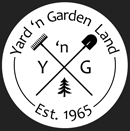Purple Pavement Rose
The oddly named ‘Purple Pavement’ rose is a striking rose in the “rugosa” category. Rugosa roses are tough, reliable and...
Structure, Privacy & Shade
Trees and shrubs are the foundation of a strong landscape design.
We supply the highest quality locally grown trees and shrubs including dogwoods, Japanese maples, fruit trees, conifers, rhododendrons, hydrangeas and more. Our plant experts can help you find the best trees and shrubs for your landscape. Read on to find out more.
Trees
Trees are the permanent plants in the landscape providing structure, privacy and shade. They offer a habitat for wildlife and provide colorful blooms, fruits and fall colors. Not only are they aesthetically pleasing, but they also clean the air, improve soil and water quality and reduce noise pollution.
When shopping for a tree, it is important to make sure you have enough space for it as it matures. With a little research and planning, you can find the right tree to fit the space you have and enjoy it for many years to come.
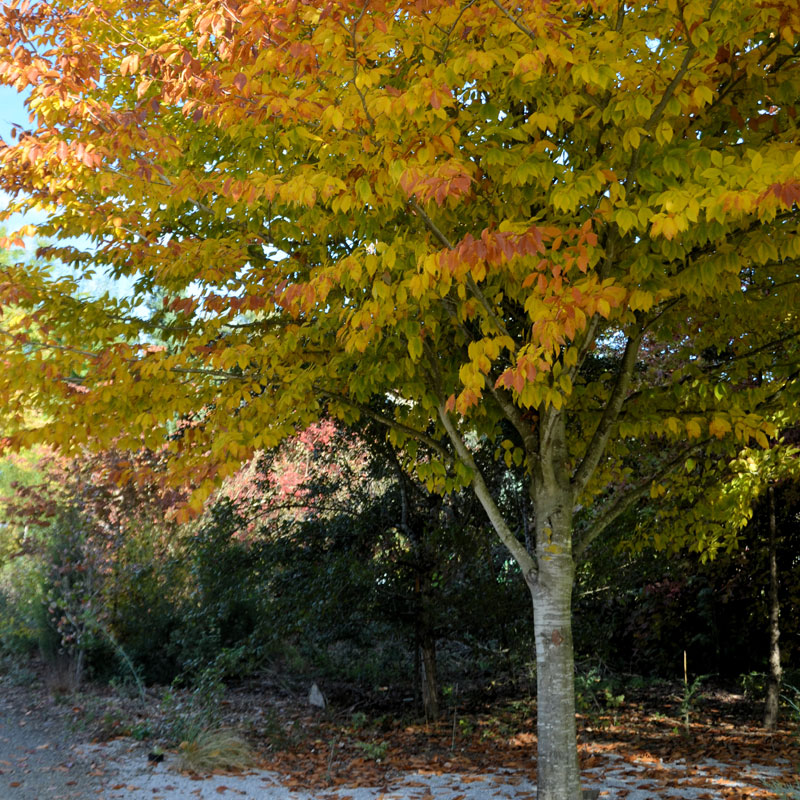

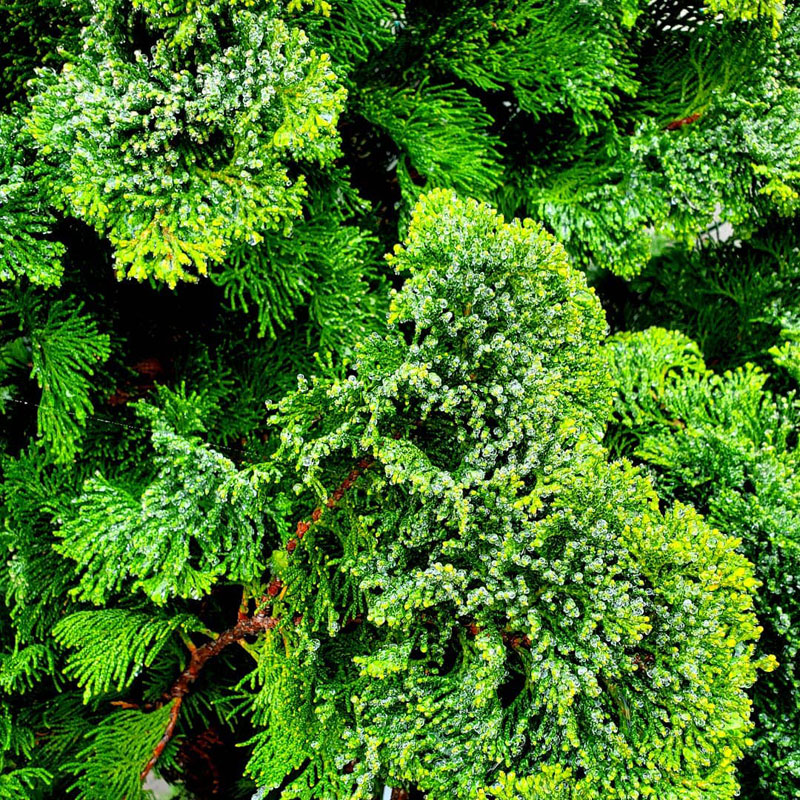
Some of the Many Trees We Carry
* Tree inventory changes seasonally.
Shrubs
Shrubs are valuable for creating privacy and helping define spaces or “rooms” within your yard. Many shrubs have colorful blooms, fruits and fall colors and provide shelter for wildlife. Shrubs are beautiful mixed with trees or combined with perennials and annuals for a mixed border. Evergreen or deciduous, broadleaf or conifer, just a few feet high to several feet, there are many varieties to choose from. It is important to determine the light, soil type and water availability in your landscape in order to purchase the right shrubs for your space.
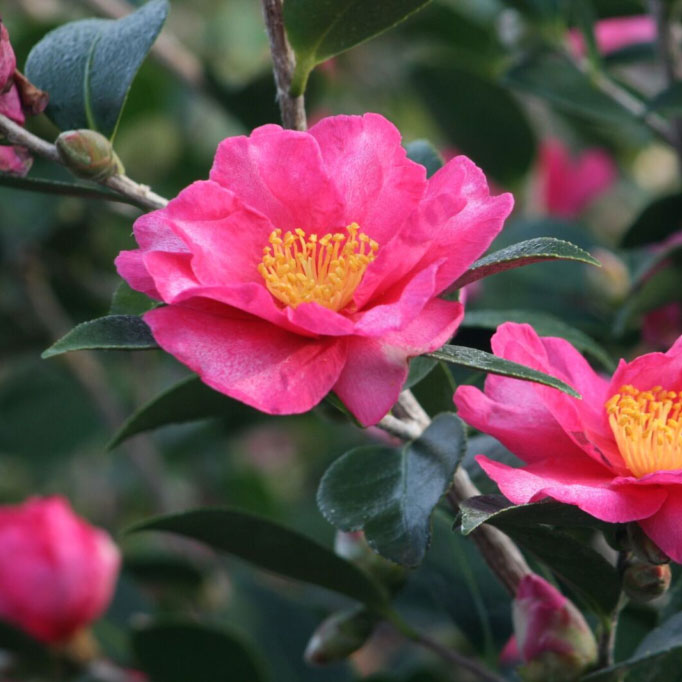
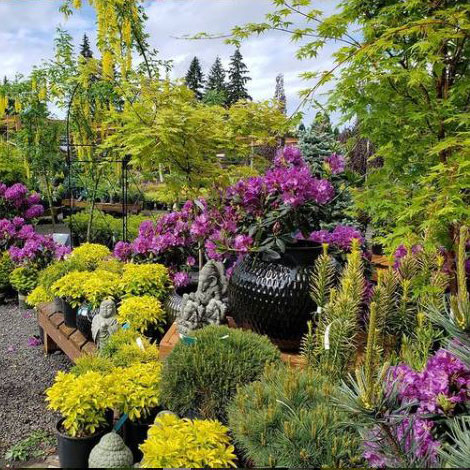
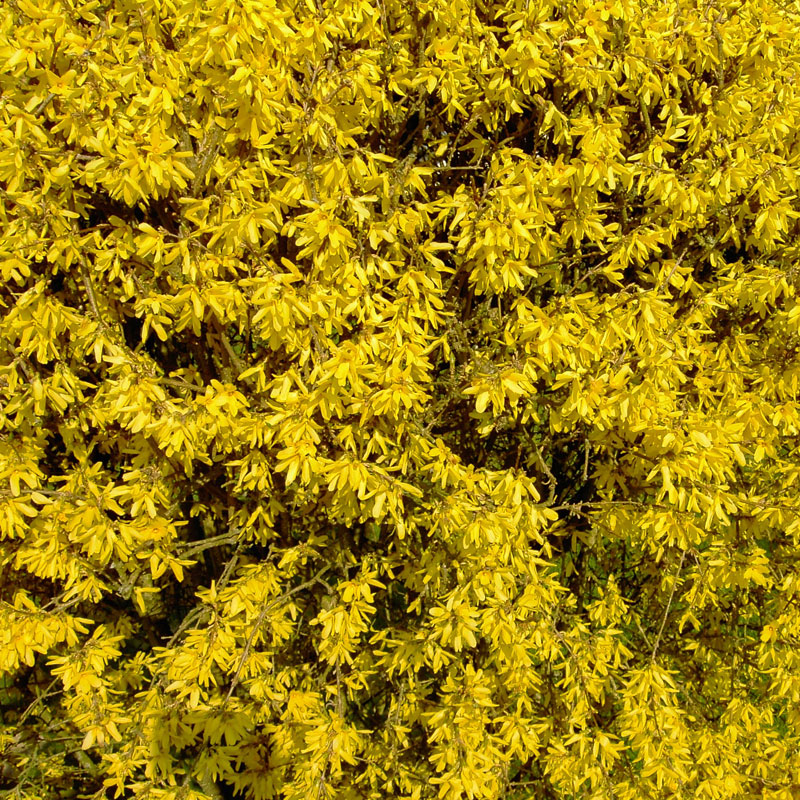
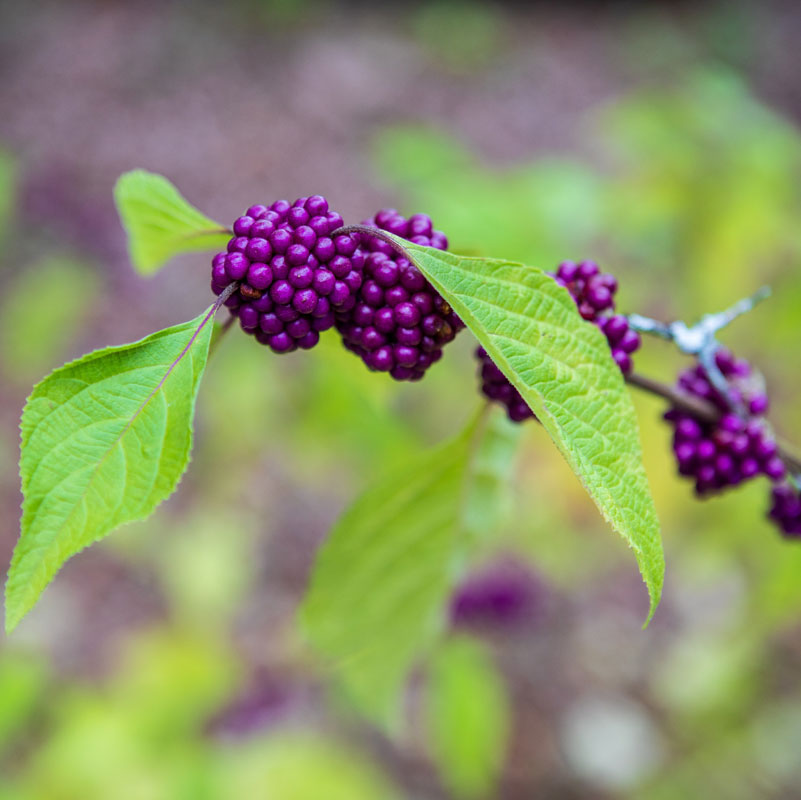
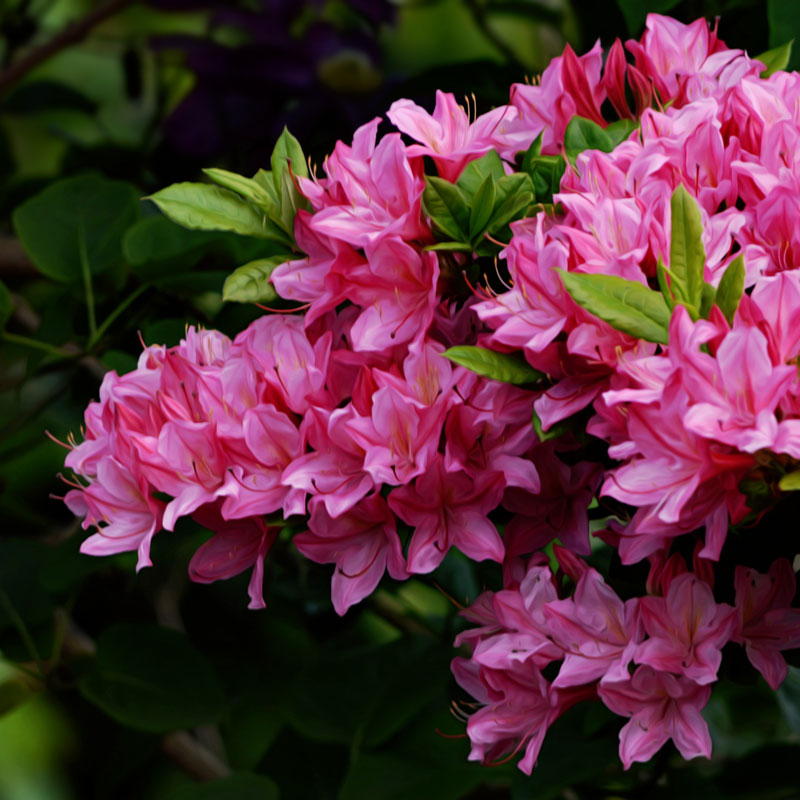
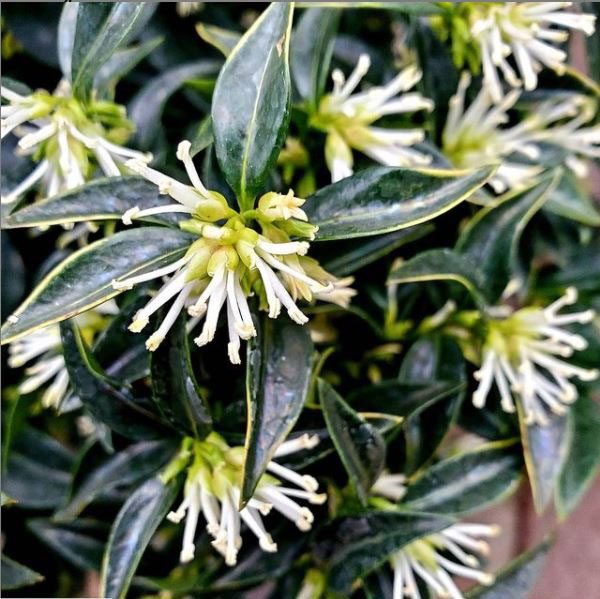
We Carry A Lot of Shrubs!
* Shrub inventory changes seasonally.
Planting Instructions
Dig a hole 2x wider than the root ball. The depth of the hole should be a little less than the height of the root ball, 1/2″ for 1-gallon pot, 3″ for a large tree. It is important that the plant sits on undisturbed soil to ensure it does not sink into the ground.
Remove the plant from the pot by applying pressure to pot sides until root ball is loosened. Carefully remove plant from pot.
If it is wrapped in burlap, cut the cords. You do not need to remove the burlap, however, you need to pull it away from the crown. If potted without burlap, scruff the roots or score tightly matted roots with a box cutter. This will encourage root growth.
Mix compost and a starter fertilizer such as E.B. Stone Organics ‘Sure Start’ into the native soil that has been dug out. The compost should make up about 25% of the soil mx.
Place the plant in the hole. Check height. Top of root ball should be above the ground, 1/2″ for a 1-gallon pot, 3″ for a large tree.
Fill soil/compost mix around the root ball. Tamp down as you fill to remove air pockets. Never replace soil with completely new soil.
Once planted, add a 2-3″ layer of mulch (bark dust or compost) on top of the planting hole. This will help conserve water and prevent weeds. Make sure the mulch does not touch the base of the plant.
Only use sure ‘Sure Start‘ or other starter fertilizers for the first year.
Watering
Taking the time to irrigate is vital to the health of your shrubs and trees. Trees and shrubs need the equivalent of one inch of rain per week until established. Investing in a rain gauge can be helpful. It takes about a year until a plant is established. Once established, water according to the plant’s specific needs.
Spring & Summer Watering
Place a hose at the base of the plant. Run at a low trickle, 20 minutes for a 1-gallon pot, 1 hour for a large tree. Repeat 2-3 times per week through the growing season into the fall. Sprinkler systems or turf and drip irrigation are often not enough. A soaker hose may be wrapped around the base and run for the same amount of time.
Fall & Winter Watering
If planting in fall or winter, make sure to water thoroughly. Cool winter weather and rain will likely take care of the weekly 1″ water requirement. However, make sure to check the soil during dry stretches. Use your finger to dig down into the soil 2 – 4″. If it’s dry, it’s time to water.
The oddly named ‘Purple Pavement’ rose is a striking rose in the “rugosa” category. Rugosa roses are tough, reliable and...
The incredibly beautiful deciduous magnolias are beginning to bloom and one of the very first is the Star Magnolia (Magnolia...
There are many benefits to pruning your roses. They will be healthier and it will prolong the life of the...
Many mistake Osmanthus “Goshiki’ for holly and indeed the common name for this plant is “False Holly”. The variety ‘Goshiki’...
Winters need not be flowerless! Here are a few shrubs that offer flowers during the winter season. Camellia Camellias may...
Strawberry Tree (Arbutus unedo) is a small evergreen tree with many desirable qualities. It is sometimes described as a shrub...
Stewartia psuedocamellia is one of the loveliest trees for the Pacific Northwest and one of the very best for fall...
We are beginning to see fall color on some of the shrubs in the nursery. The color change on leaves...
YARD ‘N GARDEN LAND
1501 NE 102nd Street
Vancouver, WA 98686
360.573.7172
STORE HOURS
Monday – Saturday: 8:00am – 6:00pm
Sunday: 9:00am – 5:00pm
HOLIDAY HOURS
Thanksgiving Day: CLOSED
Christmas Eve: Close at 2pm
Christmas Day: CLOSED
December 26th: CLOSED
New Year’s Eve: CLOSED
New Year’s Day: CLOSED
